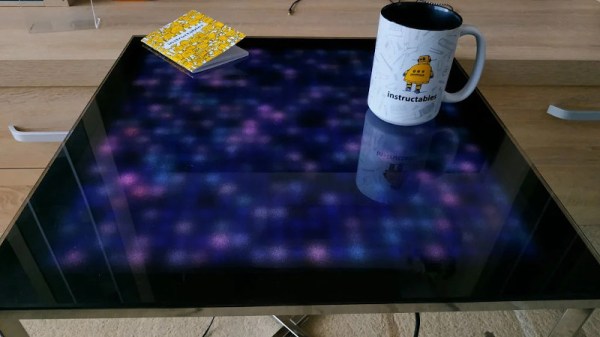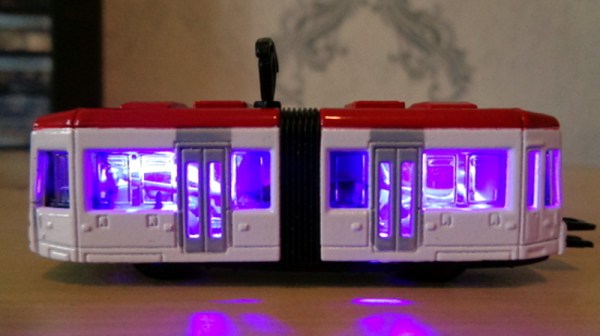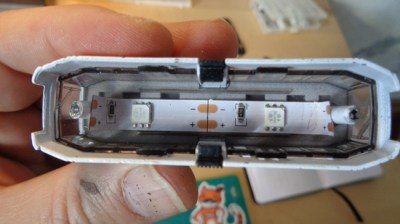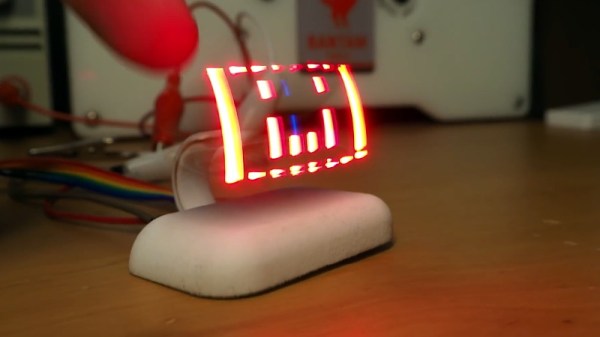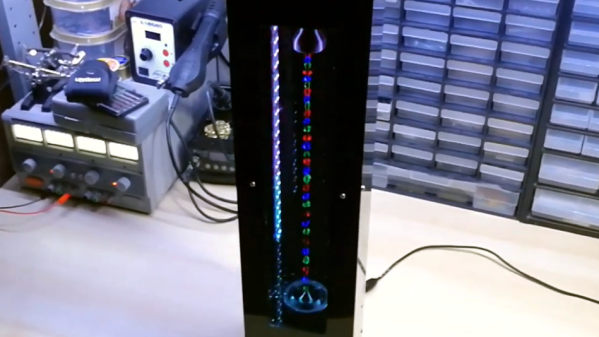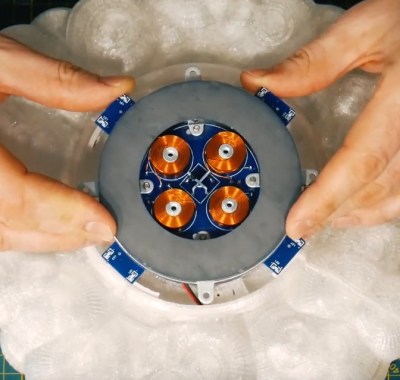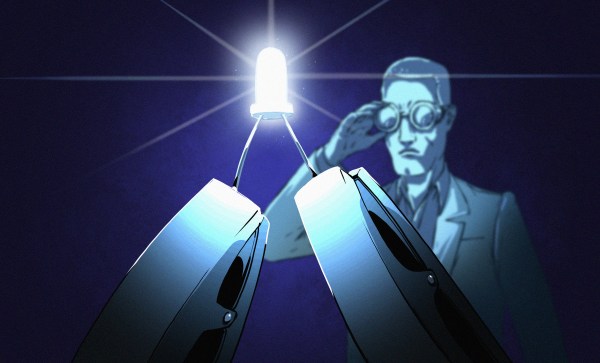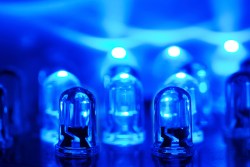Coffee tables are a great place to put your hot beverages, but most don’t offer a lot beyond that. For most people this is perfectly acceptable, but hackers often desire a little more. [Andrei Erdei] is one such person, who built Conway’s Game of Life into this handsome piece of furniture.
The build began with an existing coffee table, chosen for its glass top. Unfortunately, the top was painted black on one side, and was completely opaque, negating its use as a diffuser for LEDs. Instead, this was replaced with smoked glass, with frosted window film applied to make the final piece darker. This attention to detail allowed [Andrei] to install the WS2812B LED strips underneath such that they’re invisible when switched off. The LEDs themselves are run by a WEMOS D1 mini, based on the ESP8266. This microcontroller has plenty of grunt, which makes running the LEDs and the Game of Life code a cinch.
If you want to make something attractive and blinky, it’s hard to go wrong with Conway’s Game of Life. You can even use it to make a clock or a synthesizer; or build an entire game of Tetris within it. Video after the break.
Continue reading “A Stylish Coffee Table Featuring Conway’s Game Of Life”

